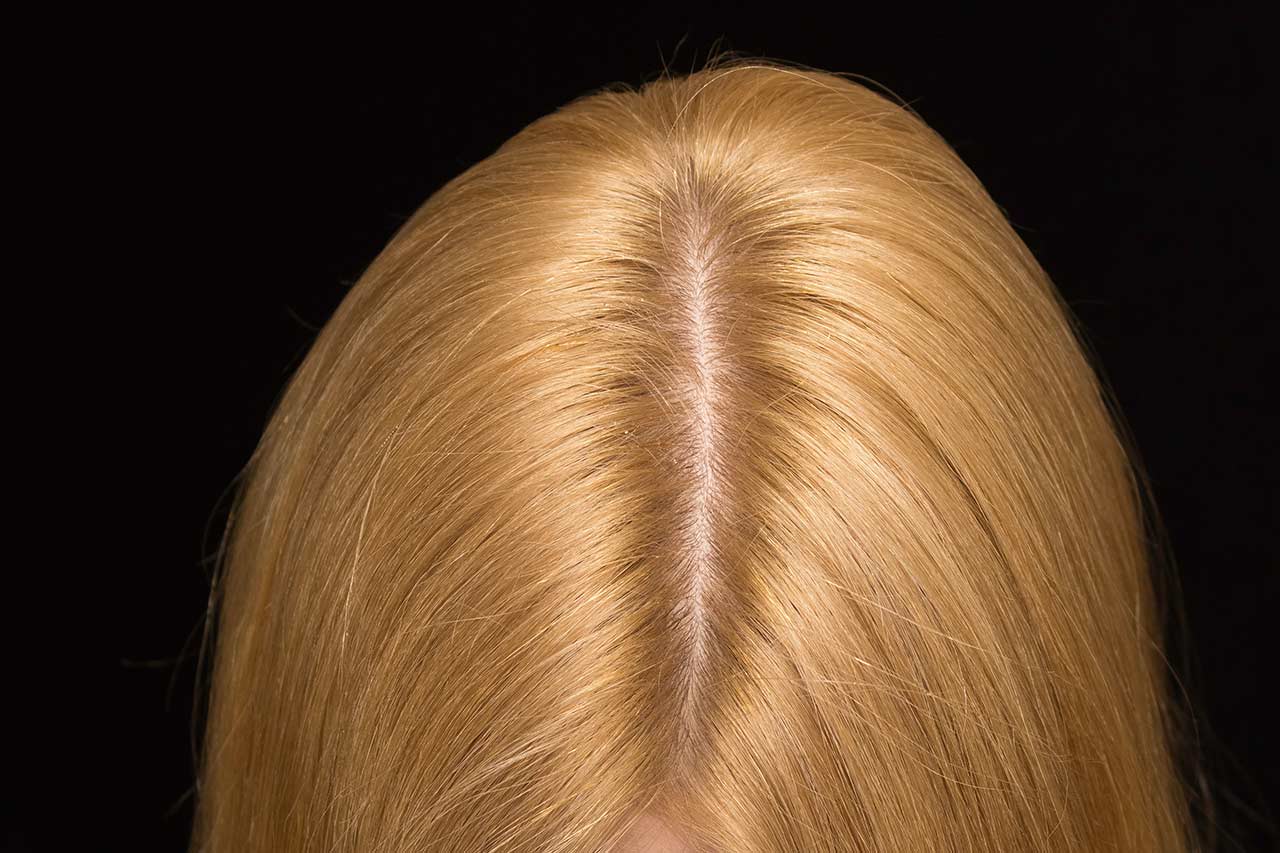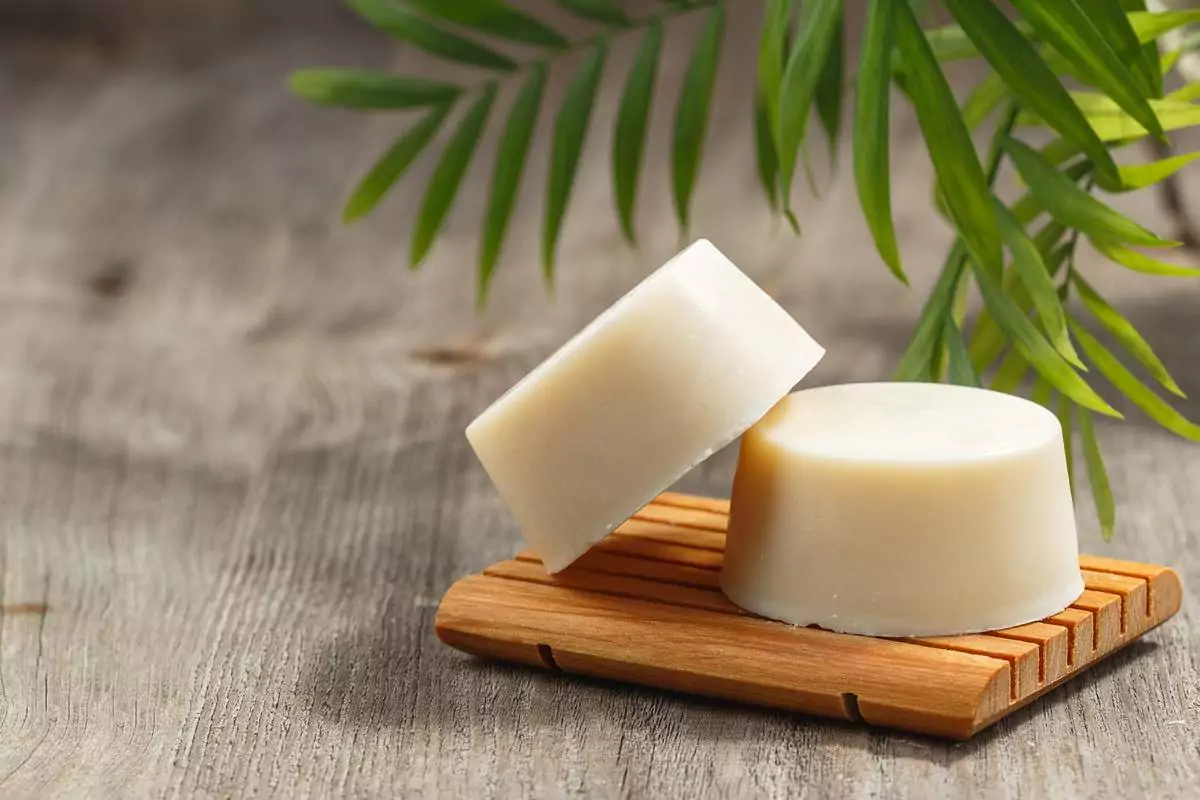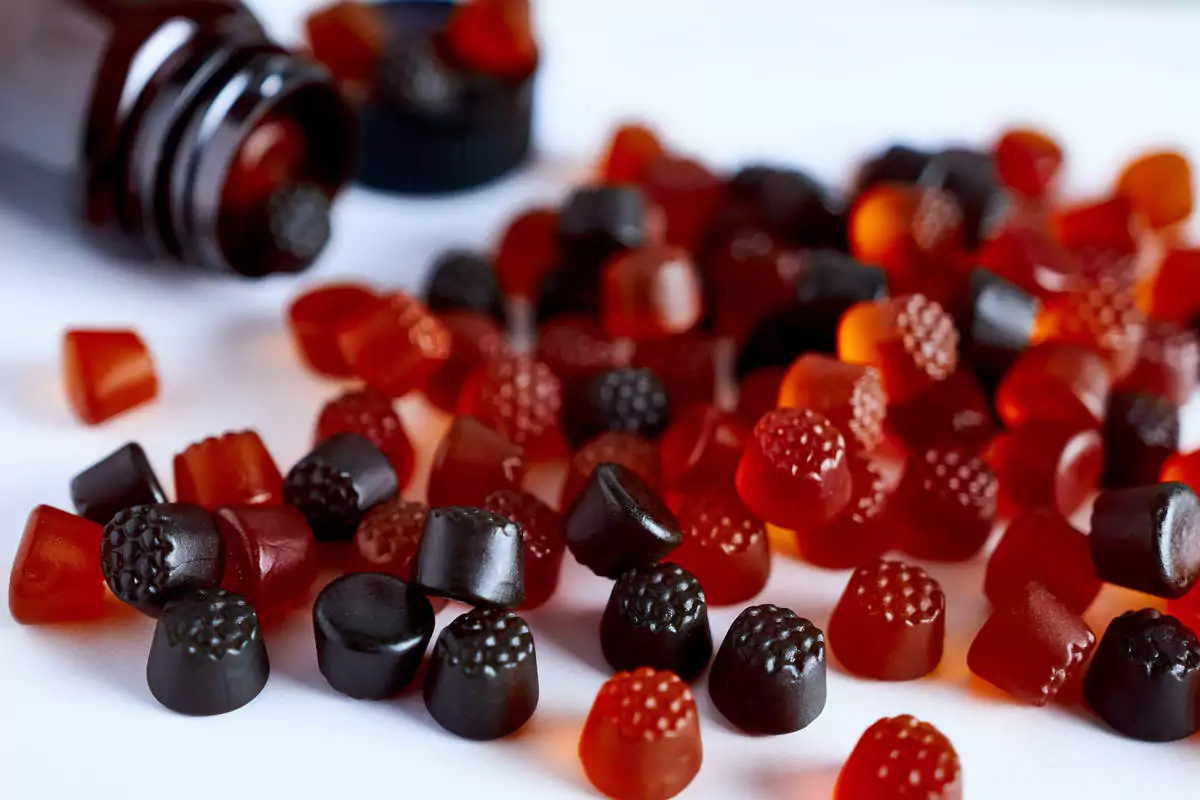In august 2009, a group of researchers from the University of Saõ Paulo found traces of environmental pollutants into the hair of teens living in urban areas, who were not considered to be exposed to toxic chemicals and minerals. Findings showed that even in areas that were considered ‘safe’ from a toxicology perspective, the body, and more precisely hair, were good detectors for environmental pollution levels. Along with other environmental factors, pollution participates to the effects of several exposures on hair and overall health. The combination of these elements has been described as the ‘exposome’. In this article, Alcimed explores the impact of the exposome on hair, and the growing trend to protect it.
What is the exposome?
“The exposome is the combination of all the exposure of an individual in a lifetime, determining health” [1]
The combinations of all the elements to which the person is exposed throughout life – or the exposome – is crucial to health. The exposome may consist of external environmental elements, but also personal elements, which may be more specific to individual factors and lifestyle. The combination of external stressors with our unique characteristics ultimately defines our health state.
What are the effects of the exposome on hair and scalp health?
Scalp and hair fibre state is highly dependent on the exposure to external and internal, person-specific stressors, that have the ability to change hair follicle and fibre’s state. Follicles and fibres can both suffer from the exposure to external and personal factors.
The external hair exposome is composed by elements from the external environment that have proved to impact hair health. External exposome’s elements include exposure to UV radiations, weather conditions, air pollution and more globally the living environment. With respect to hair, it has been shown that UV-radiation contributes to oxidative stress on hair, leading to the development of free radicals, damaging hair proteins. In this sense, solar radiations can impact pigmentation and fibre’s structure, ultimately leading to hair ageing. Weather conditions (including wind, temperature and humidity) may also cause hair damage by changing the hair structure (via the breakage of disulfide bonds), while increasing hair surface porosity and giving the frizz look that many items aim at contrasting.
The personal hair exposome is composed by more individual, life-style elements, including diet, physical activity, sleep hygiene, smoking, medication use, work habits, beauty products’ consumption and the associated exposure to certain chemicals. For instance, it has been shown that diet has a major impact on hair health, as vitamins and minerals in particular seem to play an important role in follicle’s health and hair loss prevention. Furthermore, regular exposure to certain chemicals may also compromise hair conditions: chlorinated water has been associated to discoloration, especially when associated with UV-radiation, and to scalp flaking, resulting into dandruff.
Both the external and the personal exposome interact with our individual biological response, influencing hair and scalp structure and health. From roots to tips daily life habits may all contribute to the degradation of hair and scalp’s health state, leading to hair fall, weakness, and overall dullness and dryness.
Protecting hair from the exposome, a growing priority in haircare
Hair health is a trending concept among haircare products consumers, who are reportedly more and more worried about their hair health state. In particular, increased reporting of higher stress levels among people, as well as the effects of COVID-19, seem to have played a role in increased reporting of hair loss and scalp issues. Along with such hair complaints, the haircare items’ offer is progressively growing and highlighting restoring and protective properties of hair items. For instance, the haircare products’ market is increasingly proposing solutions that have a UV-filter, that are anti-pollution, and with ‘purifying’ properties. If in the past consumers’ worries revolved around hair beauty, today there is a stronger focus on hair health and strength.
Consumers’ haircare practices also seem to be more and more focusing on behavioural and lifestyle beauty tips for hair health. For instance, online haircare advocates’ tips may go from hair-strengthening superfoods to follicle-stimulating massages. Items for hair strengthening, are largely sought after, especially when organic and more sustainable. In this sense, solutions that manage to address hair health from a ‘holistic’ perspective and that can fight the hair exposome’s challenges from different angles, have become particularly attractive.
While there is still much to learn about the effects of different hair exposome’s stressors on hair, it is clear that hair health is a multi-faceted and complex realm, that deserves more attention and research. New findings around the role of external and internal hair exposome factors will help identify ways and opportunities to address common haircare problems, such as hair fall and weakness, dryness and dullness, as well as scalp-related issues. Alcimed keeps a close eye on the rapid developments in this field and can help you develop new offers to meet the challenges of hair exposure. Don’t hesitate to contact our team!
[1] The Exposome: Understanding the effect of the environment on our health, ISGlobal. https://www.isglobal.org/en/-/el-exposoma-comprendiendo-el-efecto-del-entorno-en-nuestra-salud
About the author,
Lucia, Consultant in the Alcimed’s Life Sciences team in Switzerland



